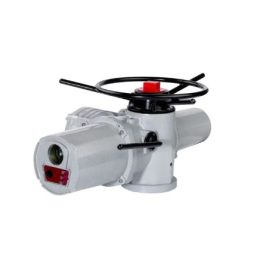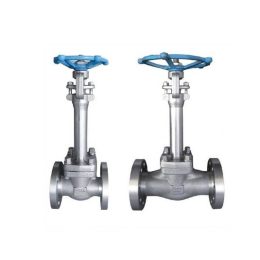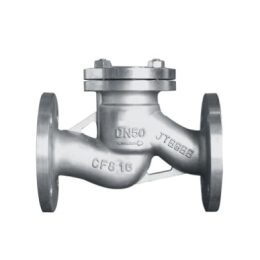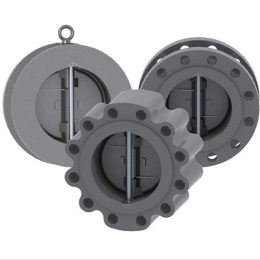Types of Butterfly Valves: A Guide to Choosing the Right One
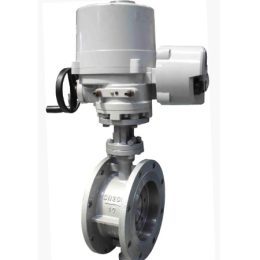
Understanding Butterfly Valves
Butterfly valves are an important component in the process industry, used for regulating or controlling the flow of fluids in pipelines. They are versatile, compact, and offer a low-pressure drop across the valve. Butterfly valves consist of a circular disc or plate that rotates about its axis, allowing or blocking the flow of fluids through the valve. Butterfly valves come in different types, each with its unique features and advantages. Choosing the right type of butterfly valve for your application is crucial to ensure optimal performance and reliability.
Wafer Butterfly Valves: Features and Applications
Wafer butterfly valves are the most commonly used type of butterfly valve. They are lightweight, compact, and easy to install between flanges, making them a cost-effective option for various applications. Wafer butterfly valves have a thin profile, which allows for a minimal pressure drop across the valve. They are suitable for use in HVAC, water treatment, and food processing industries, where automated on/off control is required.
Lug Butterfly Valves: Benefits and Limitations
Lug butterfly valves are similar to wafer butterfly valves, but they have threaded inserts or lugs on their body that allow for easier installation between flanges. Lug butterfly valves can be installed without the need for nuts and bolts on one side, making them ideal for use in applications where one side of the pipeline is inaccessible. Lug butterfly valves are versatile and can be used in a wide range of industries, including petrochemical, pharmaceutical, and mining. However, their lugs can increase the overall weight and size of the valve, making them less suitable for some applications.
Double Offset Butterfly Valves: Construction and Advantages
Double offset butterfly valves have a unique design that allows for a tighter seal and better control of flow than other types of butterfly valves. They have a disc that is offset from the centerline of the valve seat and the shaft, which reduces seat wear and improves sealing performance. Double offset butterfly valves are suitable for high-pressure and high-temperature applications and are commonly used in the oil and gas industry. They are also less prone to leakage and have a longer service life than other butterfly valves.
Triple Offset Butterfly Valves: Characteristics and Benefits
Triple offset butterfly valves are similar to double offset butterfly valves but have an additional offset in their disc and shaft, which eliminates the need for a gasket between the valve seat and disc. This design ensures a bubble-tight seal and reduces the risk of leakage. Triple offset butterfly valves are used in critical applications where zero leakage is required, such as in the chemical and petrochemical industries. They have a longer service life, require less maintenance, and are more resistant to wear and tear than other butterfly valves.
Choosing the Right Butterfly Valve for Your Needs
Choosing the right butterfly valve for your application requires careful consideration of various factors, such as the type of fluid, pressure, temperature, and flow rate. Wafer butterfly valves are suitable for low-pressure and low-temperature applications, while double offset and triple offset butterfly valves are ideal for high-pressure and high-temperature applications. The choice of butterfly valve should also take into account the type of end connections, materials of construction, and the need for automation. Consulting with a reputable valve manufacturer or supplier can help you choose the right butterfly valve for your needs.
In conclusion, butterfly valves are an essential component in pipelines used for regulating and controlling the flow of fluids. Choosing the right type of butterfly valve can significantly impact the performance, safety, and reliability of your application. Wafer butterfly valves are cost-effective and versatile, while lug butterfly valves are ideal for applications where one side of the pipeline is inaccessible. Double offset and triple offset butterfly valves provide a tighter seal and are more suitable for critical applications. By considering the specific requirements of your application and consulting with a valve manufacturer or supplier, you can ensure the optimal performance and longevity of your butterfly valve.
- Advantages And Disadvantages Of High Pressure Ball Valve
- How to choose electric valve and pneumatic valve
- Triple Eccentric Butterfly Valve
- 10 Ways To Extend The Service Life Of Industrial Valves
- Corrosion Rate Classification Of Valve Body
- “Understanding Safety Valves: Types, Selection, Installation, and Maintenance”
